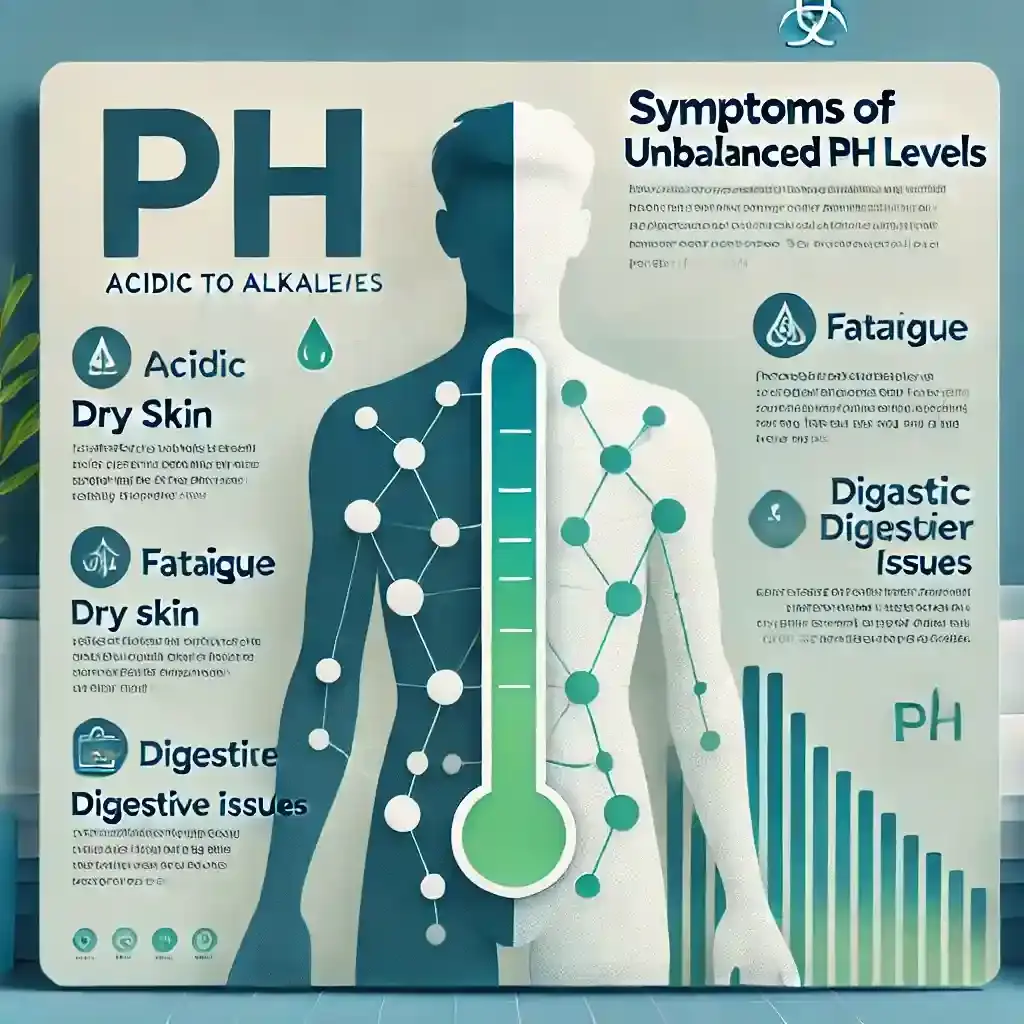|
Tums neutralize stomach acid quickly, giving short-term relief from acid reflux. They work well for occasional heartburn, but frequent or chronic reflux often requires medical treatment and lifestyle adjustments. |
Acid reflux feels like a burning rope twisting inside your chest. It’s common, but it can turn daily comfort into frustration. Most people in India and abroad reach for quick fixes, and Tums usually tops that list. These small chewable tablets promise fast relief when the fire rises after a heavy or spicy meal.
But here’s the question that really matters: Do Tums actually help with acid reflux in a way that matters long term? Let’s go step by step through how they work, when they’re useful, and where they fall short.
Do Tums Help With Acid Reflux?
Here’s the truth. Yes, Tums do help with acid reflux. They don’t take hours to kick in like some prescription drugs. They’re instant. Calcium carbonate, the main ingredient, reacts the second it hits the acid, like pouring water on a small kitchen fire. Within minutes, the burning eases.
But don’t get too excited. That relief is short-lived. They don’t stop your stomach from making more acid later. So if you keep eating trigger foods, the fire comes back. Tums are like a bucket of water; PPIs and H2 blockers are like fire alarms. Both help, but in different ways.
What Is Acid Reflux?
Acid reflux is more than just “heartburn.” It’s the backward flow of stomach contents into the esophagus. Imagine acid splashing on skin; that stinging burn is exactly what happens inside. Symptoms vary.
Some feel chest heat. Others complain about a sour liquid rising to the throat. Occasional reflux is common, but frequent episodes may turn into GERD. According to Clarrett et al. 2018, GERD affects 18.1% to 27.8% of adults in North America. That’s a massive chunk of the population, proving it’s not just an “old people” thing. It can affect anyone who eats fast food, skips sleep, or downs coffee like water.
How Do Tums Actually Work Inside the Body?
Here’s where chemistry meets your stomach. Each Tums tablet contains calcium carbonate, a simple mineral that neutralises acid directly. The moment it touches acid, it reacts and turns it into salt, water, and carbon dioxide. You chew, swallow, and within seconds the burning drops.
Think of it as putting water on a small kitchen flame. Fast relief, yes. But once the chemical reaction ends, acid starts forming again. That’s why the comfort fades after less than an hour.
Many people keep a strip of Tums in their bag because it feels instant. Yet relying only on them day after day can hide a bigger issue. Real control often needs lifestyle changes or stronger medicines that cut acid production itself.
|
Did You Know? An antacid that raises stomach pH from 1.5 to 3.5 reduces acid concentration by almost 100 times. That’s powerful short-term chemistry, but still short-term. |
When and Why Tums Work Well
Let’s be honest, Tums work. That’s why they have survived decades. They are perfect for small, occasional heartburn after a party, festival, feast, or coffee overdose. You don’t need water or a prescription. Just chew, and you’re done.
They are also calcium-rich, so you get a small mineral bonus while calming the stomach. For pregnant women, doctors often allow limited use because both mother and baby need calcium. Still, you must not exceed the daily safe limit.
People love them for other reasons too, different flavours, small bottles, and easy to carry. The simplicity makes them India’s favourite travel companion after spicy food.
However, even good things must stay within limits. Repeated chewing several times a day can lead to constipation, kidney stones, or medication interference. If you take thyroid or antibiotic tablets, always ask a doctor before mixing them.
Benefits of Using Tums for Acid Reflux
Tums stick around in medicine cabinets for a reason. They’re fast, simple, and don’t require a trip to the doctor. For anyone dealing with the burn of reflux, that kind of reliability matters.
1. Relief Kicks In Fast
The burning starts, you chew, and within seconds the sting eases. That’s the biggest draw. They calm the acid almost right away.
2. No Waiting or Prescriptions
They’re at every grocery store checkout. No hassle, no paperwork, no waiting for a prescription. Compared to stronger meds, Tums are cheap and within reach anytime.
3. Easy to Keep Close
Small bottles, pocket-sized rolls, even travel packs. You don’t need water or food to take them. That’s why so many people keep a pack at work or in the car.
4. Options in Taste and Strength
Some like peppermint, others prefer berry or tropical fruit. Doses vary too—from regular to ultra. That choice makes them easier to use than one-size-fits-all tablets.
5. Added Calcium Bonus
Each tablet contains calcium carbonate. Neutralizing acid is the main job, but it also adds to your daily calcium intake, which is a plus for many.
Limitations of Tums in Treating Acid Reflux
Tums are great in the moment, but they aren’t perfect. People expecting them to fix chronic reflux will be disappointed.
1. Short Relief
They act fast, but wear off fast. Less than an hour. If reflux keeps coming back, you’ll be chewing tablets all day.
2. Chronic GERD
If you are asking, do Tums work for acid reflux long-term? No. GERD patients need stronger, lasting therapies. Antacids can’t stop acid from forming in the first place.
3. Overuse Risks
People often ask: How many Tums can you take for acid reflux? Labels give guidance, but constant use can cause calcium overload, kidney stones, and constipation.
4. Drug Interactions
Calcium carbonate can block the absorption of thyroid or antibiotic medications. That’s not minor. For people on daily prescriptions, overusing Tums can backfire.
Comparing Tums with Other Reflux Medicines
Let’s see how they stand next to other common treatments.
|
Type |
Example Medicine |
How Fast It Works |
Duration |
When to Use |
|
Antacid |
Tums (calcium carbonate) |
Seconds |
< 1 hour |
Occasional heartburn |
|
H2 Blocker |
Famotidine |
30–60 min |
8–12 hours |
Frequent mild reflux |
|
PPI |
Omeprazole |
Few hours |
24 hours |
Chronic GERD management |
H2 blockers reduce acid production for longer hours. PPIs block acid pumps completely, giving full-day relief but taking longer to start.
Many people in India combine both wrongly, thinking more medicine means a faster cure. That’s risky. Doctors often say to use Tums for sudden flare-ups but PPIs for long-term stability. Mixing without guidance disturbs digestion and calcium balance.
Are There Risks in Using Tums Daily?
Every medicine, even mild ones, can cause harm if misused. Over-chewing Tums daily may cause:
-
Constipation due to excess calcium.
-
Gas and bloating in some users.
-
Reduced absorption of iron or other nutrients.
-
Kidney stones are common in people prone to them.
If your reflux returns often, don’t increase tablets; find out why it’s happening. Persistent acid means the stomach valve is weak or acid is high continuously. That needs proper evaluation.
Do Tums Help With Acid Reflux at Night?
Night reflux feels worse than daytime. Lying flat allows acid to flow freely upward. Do Tums help with acid reflux at night? Yes, but they fade before sunrise. Relief comes, then goes.
Tips that help alongside Tums:
-
Chew before bed, not after lying down.
-
Prop up the head of the bed.
-
Avoid late meals heavy with fat or spice.
Pairing these tactics with Tums makes the difference between tossing all night and at least getting some rest.
Do Tums Help With Acid Reflux During Pregnancy?
Pregnancy brings its own reflux troubles. Pressure from the growing uterus pushes stomach contents upward. Many ask: Is Tums good for acid reflux during pregnancy? The answer is yes, but with limits.
Doctors often approve Tums because they add calcium, useful for the mother and baby. Still, moderation matters. Prenatal vitamins already supply calcium, so piling on too much can cause issues. Always double-check with a healthcare provider about safe daily limits.
Risks and Side Effects of Tums
No drug is risk-free. Even Tums, safe for most, can cause side effects if overused.
-
Constipation from high calcium
-
Gas or bloating
-
Kidney stones in heavy users
-
Reduced absorption of other medicines
-
Rebound reflux if used daily for weeks
So, are Tums safe for daily use for acid reflux? Occasional chewing is fine. Making it a daily ritual isn’t smart.
When to See a Doctor Instead of Chewing Tums
Tums are for symptoms, not causes. Visit a doctor if you notice:
-
Heartburn more than twice a week
-
Difficulty swallowing or food sticking in throat
-
Chronic cough without cold
-
Unexplained weight loss or vomiting
-
Blood in stool or black stool
These signs could mean GERD or even ulcer disease. Early treatment prevents serious damage.
Natural and Lifestyle Ways to Ease Acid Reflux
Medicines are only half the story. Real relief comes from daily habits.
Practical techniques:
-
Eat smaller meals five times a day.
-
Keep a two-hour gap before lying down.
-
Avoid deep-fried and processed snacks.
-
Lose even a few kilos if overweight.
-
Try a short walk after dinner to improve digestion.
Yoga postures like Vajrasana or Sukhasana after meals help too. Breathing control lowers stress, and stress is a known acid trigger.
Switch from tight belts to loose clothes around the abdomen. Small changes like these often reduce acid episodes without medicine.
Final Thoughts
So, do Tums help with acid reflux? Yes, absolutely, for quick relief. They’re safe, fast, and even approved during pregnancy when used moderately. But they aren’t a cure for GERD, nor are they meant for daily heavy use.
Long-lasting management comes from stronger medicines and lifestyle shifts. For people dealing with frequent reflux, the smartest move is pairing Tums with doctor guidance, not relying on them alone.
Frequently Asked Questions
Are Tums better than natural alternatives?
Not always. Natural alternatives to Tums for acid reflux, like avoiding trigger foods, often prevent symptoms before they start.
Do Tums help with acid reflux during pregnancy every day?
Safe in moderation, but daily heavy use isn’t advised. Always confirm dosage with a doctor.
Do Tums help with acid reflux or make it worse over time?
They help in the short term. But daily overuse can lead to rebound reflux when stopped.
Do Tums help with acid reflux or GERD long-term?
No. Tums give quick comfort only. They don’t stop acid production. For lasting results, doctors usually suggest H2 blockers or PPIs to control frequent or chronic reflux safely.
How fast do Tums work for acid reflux?
Tums act very fast. You feel relief within one or two minutes after chewing. But the effect fades in about an hour, so they’re not a long-term fix.
Are Tums safe in pregnancy?
Yes, they are generally safe when used in moderation. Pregnant women also benefit from extra calcium. Still, it’s best to ask your gynecologist before taking them regularly.
Can Tums be used daily?
Daily use isn’t healthy. Too much calcium may cause constipation or kidney stones. Occasional use is fine, but frequent burning needs proper treatment and a medical check-up.
Do Tums make acid reflux worse after some time?
Sometimes yes. If used too often, your stomach may produce extra acid when you stop. That’s why doctors recommend using them only for short-term relief.
What foods trigger acid reflux the most?
Spicy curries, citrus fruits, coffee, chocolate, fried snacks, and late-night heavy meals often trigger reflux. Reducing these foods and eating early can ease symptoms effectively.
Can exercise reduce acid reflux?
Yes. Light walking, yoga, or deep breathing after meals helps digestion. Avoid intense workouts right after eating, as that can push acid upward and worsen symptoms.
-User-1754380331.png)
Reviewed by






